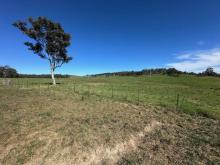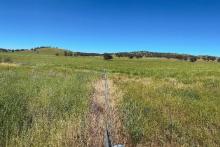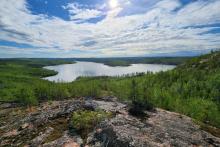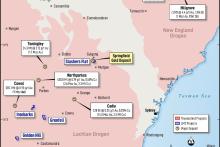Thunderbird Resources has landed high-grade gold results at the company’s Kookabookra project in NSW, with rock chip assays of up to 17.35g/t at its Bear Hill prospect, 2.79g/t at Butchers Reef and a 23g/t gold hit within an inferred possible 400m strike length at the new Kojak target. Ongoing soil sampling and mapping support the potential for a large-scale intrusive-related gold system. Thunderbird plans to run a drill campaign to test recent IP anomalies and historical drilling.

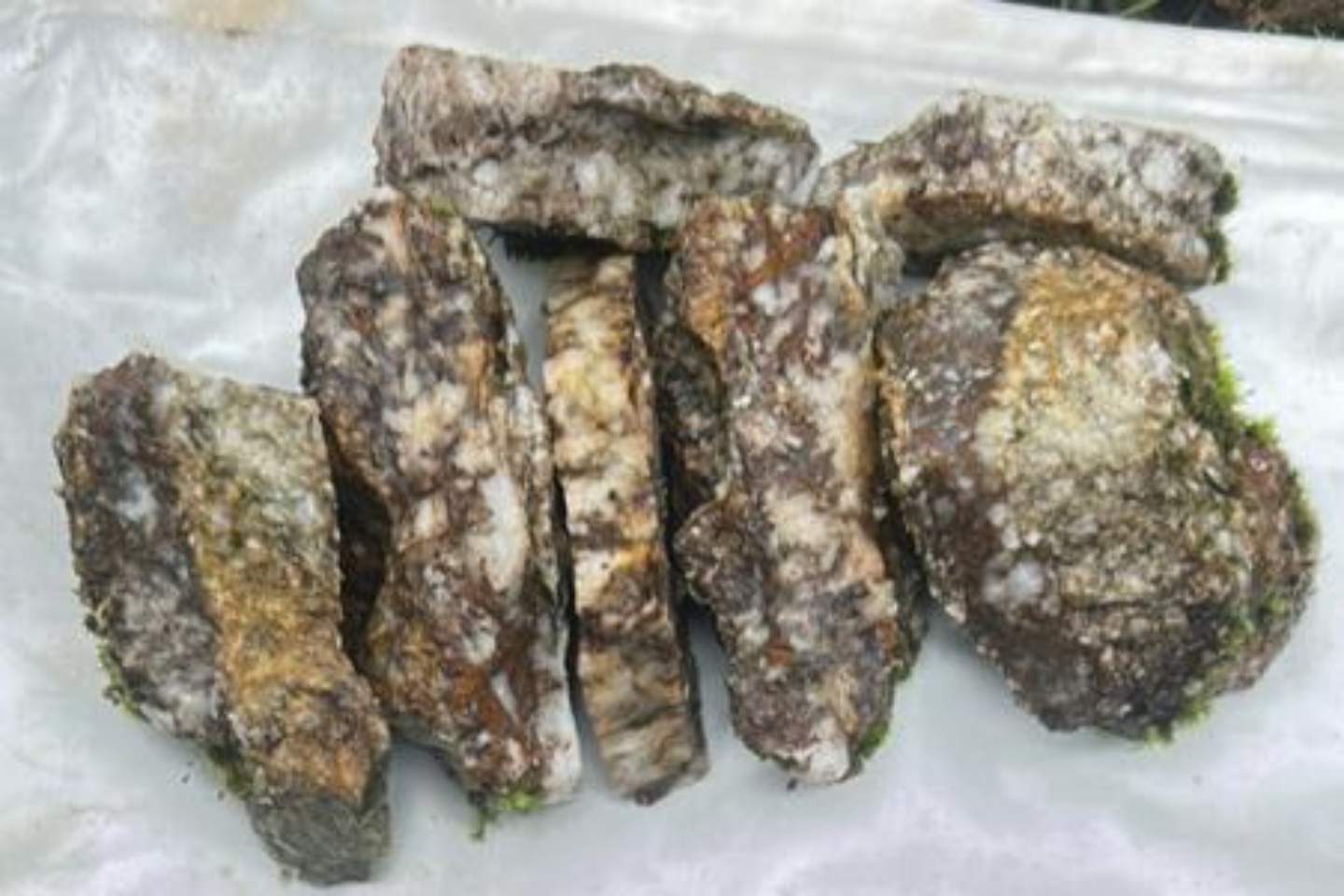
Thunderbird Resources has hit high-grade gold mineralisation of up to 17.35 grams per tonne (g/t) across multiple prospects as exploration continues to unlock the potential of its Kookabookra gold project in north-eastern New South Wales.
The company’s latest rock chip and grab sampling program delivered significant results, particularly at the Bear Hill, Butchers Reef and newly identified Kojak prospects, reinforcing the project’s potential for a large-scale intrusive-related gold system.
Sampling of historical mine dumps at Bear Hill returned standout assays of 17.35g/t, 9.79g/t, and 9.16g/t gold, with 11 of 25 samples exceeding 0.1g/t gold.
Butchers Reef, about 1km southeast of Bear Hill, assayed up to 2.79g/t gold, with additional results of 1.56g/t and 1.18g/t gold, with half its 20 samples grading better than 0.1g/t gold.
Mineralisation at both prospects is hosted in veins and fractures within meta-siltstone and monzogranite associated with trace arsenopyrite and galena and associated with a contact zone against the monzogranite.
Thunderbird’s newly discovered Kojak prospect was identified via a light detection and ranging (LiDAR) survey, which uses laser pulses to map terrain.
Sampling at Kojak returned tantalising initial results, including 23g/t, 5.64g/t, 3.11g/t and 2.88g/t gold, with all seven samples exceeding 0.1g/t gold.
Mineralisation is hosted in granite along a 3m-wide, north-northeast-trending fault zone with about 10 per cent quartz veining, interpreted to extend along a 400m strike length.
A prospecting pit 375m along the same structure returned 0.2g/t gold, suggesting further potential underfoot.
Thunderbird Resources executive chairman George Ventouras said: “What is most exciting is that every field program we’ve conducted has revealed more targets, and we have still only explored a very small percentage of the total area of the Kookabookra project. This is an important development as it opens up a new part of the tenement area as being prospective for large-scale intrusive-related gold deposits.”
Ventouras said the pathway for a potentially sizeable discovery at Kookabookra was also compelling, given that many major discoveries arise from initial small surface footprints. He cited the former open-pit Kidston mine in Queensland which had a small surface expression of about 1100m x 900m but delivered more than 5 million ounces of gold.
Thunderbird’s additional sampling across the Kookabookra goldfield, including the British Lion Reef prospect, returned up to 1.56g/t gold, while the old Mt Secret show yielded 1.35g/t gold from sheeted quartz veins.
Multi-element geochemistry indicates gold at Bear Hill and Butchers Reef is associated with anomalous arsenic and antimony, which may also include tungsten in some occurrences, indicating possible fault-controlled vein-style mineralisation.
Thunderbird noted disseminated or sheeted vein mineralisation styles at its Mannix and Mt Secret prospects, with elevated bismuth-tellurium-molybdenum, that may also be associated with arsenic.
An induced polarisation survey at Mt Secret and Mannix has outlined untested chargeability anomalies that may warrant drilling.
The company is preparing to submit drilling permit applications for the prospects in August to target the anomalies and follow up historical low-grade intersections at Mannix, where all 12 reverse circulation holes ended in mineralisation.
Ongoing geochemical soil sampling and detailed geological mapping at Bear Hill and Butchers Reef is underway to refine targets for a proposed drilling program, and further sampling is planned for Kojak and Mannix.
The diversity of mineralisation styles and consistent high-grade results suggest Kookabookra could host a significant intrusive-related gold system.
The prospect stretches about 5.5km from Kojak in the north to Ditton’s Mine in the south. The east-west distance between Hidden Treasure and German’s Reef is about 1.6km, for a total rectangular area of the centre of the known field being about 5.8 square kilometres.
Further exploration, possibly including detailed LiDAR interpretation of the locations and orientations of old working, litho-structural mapping and geochemistry - some of which is already underway - could easily increase the extent of the area of interest.
Thunderbird’s systematic exploration approach continues to build a compelling case for further investment and drilling to uncover the project’s full potential.
The company has struck gold over a broad area at Kookabookra, with exceptional assays such as 23g/t at Kojak, 17.35g/t at Bear Hill and 2.79g/t at Butchers Reef, highlighting the project’s high-grade potential.
The widespread mineralisation and possible 400m strike length at Kojak signal a potentially robust, large-scale gold system. With drilling on the horizon, Thunderbird looks well-positioned to unveil a major NSW gold discovery.
Is your ASX-listed company doing something interesting? Contact: matt.birney@businessnews.com.au






